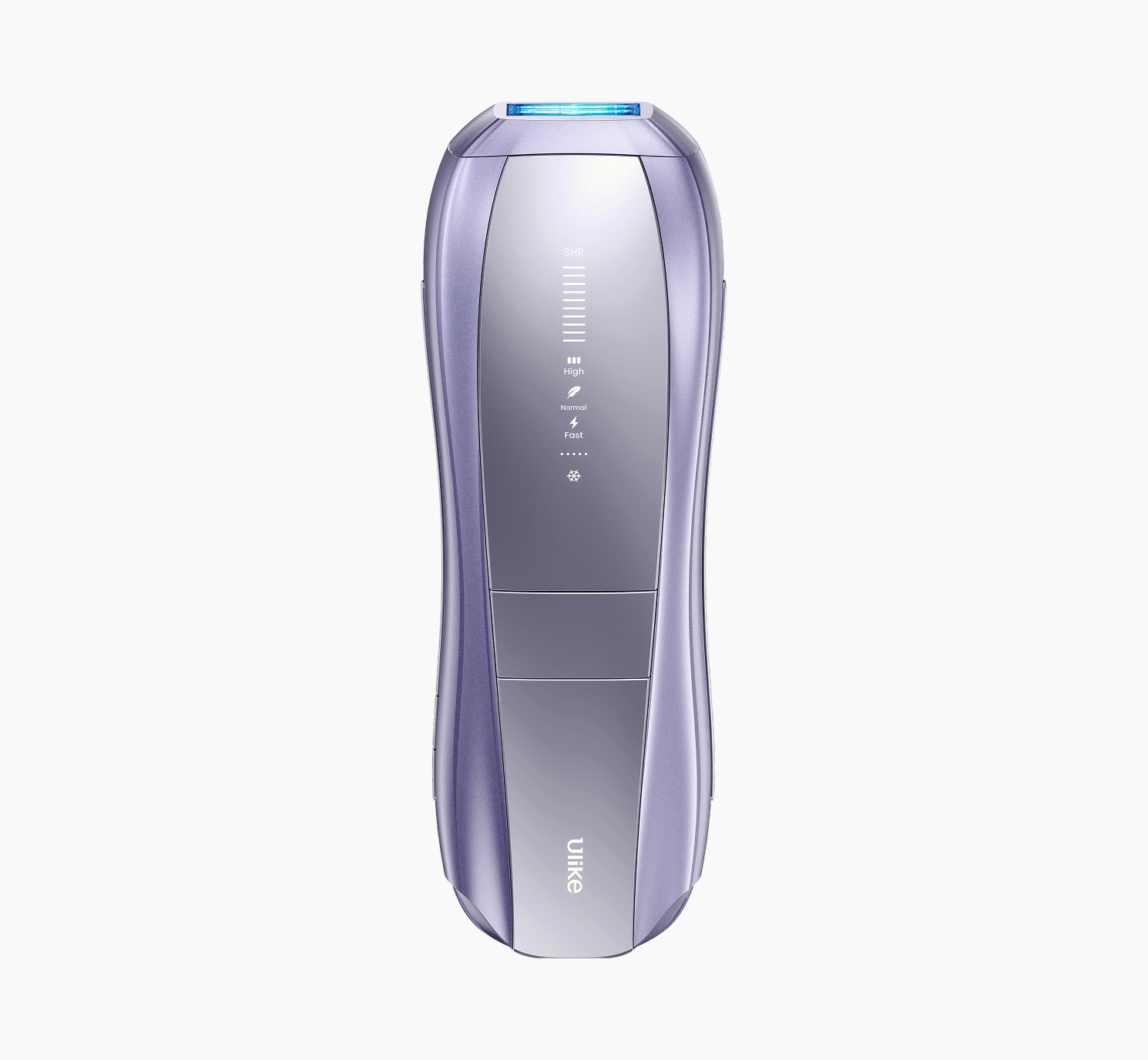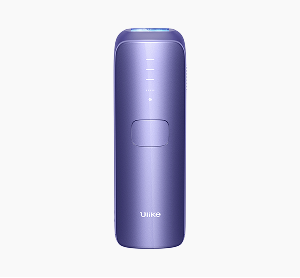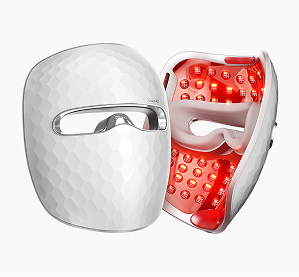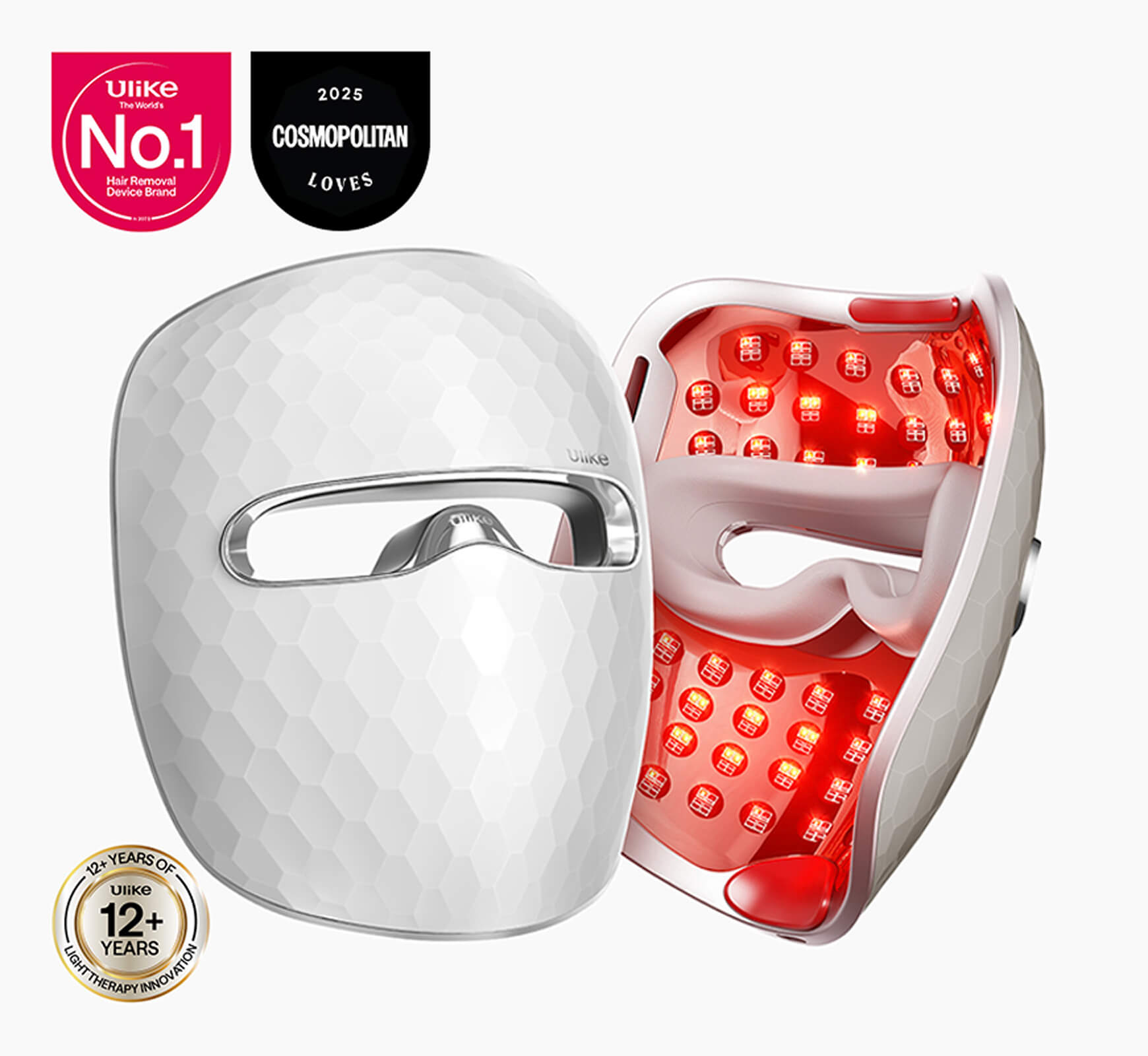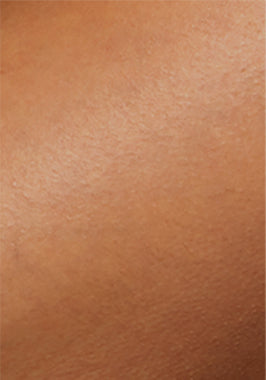Of all the concerns surrounding at-home laser hair removal, the most alarming is the potential link to skin cancer. Today, we'll explore the connection between at-home laser hair removal and skin cancer, and whether it's a treatment you should consider.
Table of Contents:
- Part 1: What Is the Technology Behind Laser Hair Removal?
- Part 2: What Are the Myths Related to At-Home Laser Hair Removal?
- Part 3: Can Laser Hair Removal at Home Cause Cancer?
- Part 4: Is Laser Hair Removal Safe? If Yes, How?
- Part 5: What Are the Side Effects of At-Home Laser Hair Removal?
- Part 6: How to Prevent Side Effects of Laser Hair Removal at Home?
Part 1: What is the Technology Behind Laser Hair Removal?
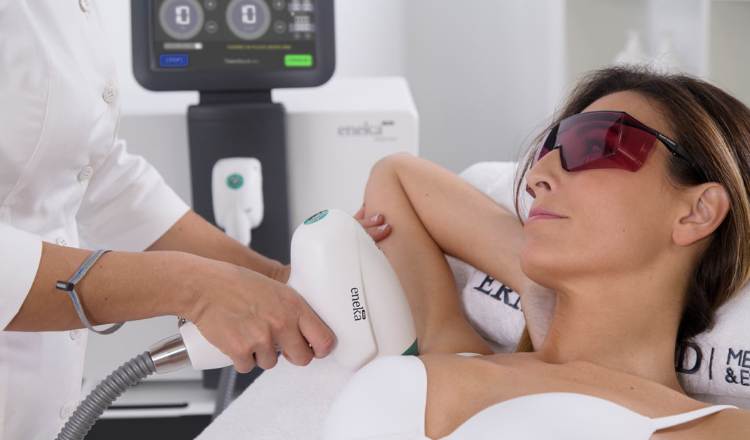
At-home laser hair removal relies on radiation technology. Laser light is a form of radiation, typically ranging from 500 nm to 1200 nm. This light consists of waves with different wavelengths, combined to form a broad spectrum of light.
This spectrum of light targets the pigment in the hair. It travels through the length of the hair and reaches the hair follicles. Upon reaching the follicles, the non-coherent rays from the broad-spectrum light are converted into heat energy, destroying the hair follicle.
It's important to note why multiple wavelengths are used, as highlighted in a ResearchGate publication:
- The shorter the wavelength of light, the greater its dispersion and the lesser its absorption.
- l The longer the wavelength of light, the deeper it penetrates and the more effective the photothermolysis effects are.
Polychromatic rays, or multiple wavelengths, allow at-home lasers to target hair follicles at different levels within the skin, without causing harm to the skin itself.
Part 2: What Are the Myths Related to At-Home Laser Hair Removal?
Although there are several myths surrounding at-home laser hair removal, today we'll focus on those specifically related to laser hair removal and cancer. Here are some of the most common misconceptions:
- Laser hair removal contains UV rays, which damage tissue and are known to damage DNA.
- At-home IPL devices eliminate moisture and necessary nutrients from skin cells, potentially leading to cancer.
- Light of longer wavelengths can travel further, potentially causing damage to cells beyond the hair follicles.
- People with skin cancer should avoid using at-home devices as it may cause a recurrence of cancer.
- Moles on the body can become atypical or cancerous when the laser is used, potentially turning a benign mole into a cancerous one.
Would you like to know how many of these myths hold any truth? Let's explore this in the next section.
Part 3: Can Laser Hair Removal at Home Cause Cancer?

Over two decades of laser usage to remove unwanted hair have passed without any reported cases of skin cancer development following laser hair removal treatments. Below are several points supporting the idea that at-home laser hair removal cannot cause cancer:
Nature of Laser Radiations
Cancer is caused by DNA destruction or mutations. These mutations occur due to the removal of electrons by low-wavelength radiations like UV rays from the sun. However, the light used in at-home laser hair removal is non-ionising radiation, as explained by the Cancer Council. The spectrum of light used in at-home devices starts from 500 nm, which is infrared, well beyond the UV spectrum.
Additionally, most IPL devices are equipped with UV filters to ensure that no harmful rays pass through the treatment window.
The Extent of Penetration of At-Home Laser Hair Removal
For at-home laser hair removal to cause cellular damage, the light must penetrate deeply into the skin. However, even the 1200 nm light rays used by these devices can only reach as deep as the hair follicles. ResearchGate data further supports the idea that the penetration of IPL rays is limited to this level, reinforcing the notion that these devices do not cause skin cancer.
The Effect of At-Home Laser Hair Removal on the Skin
At-home laser hair removal devices primarily target the pigment in the hair, but they can also affect skin pigmentation, especially if there is high contrast between the skin and hair colour. The broad spectrum of IPL rays means some of the light may also be absorbed by the skin, but the effects are minimal on lighter skin tones and more pronounced on darker skin tones. Many IPL devices are equipped with skin tone sensors to ensure that the light does not flash on incompatible skin tones, providing additional safety.
The Association of Laser with Skin Cell Dehydration
The energy output of at-home laser hair removal devices ranges from 4 J/cm² to 20 J/cm². This energy output and the heat it generates are insufficient to cause cellular dehydration or malnutrition. Thus, at-home laser hair removal does not harm the skin cells. Additionally, some IPL devices feature skin-soothing technologies, such as Sapphire Ice Cooling, to neutralise the heat and further reduce any potential harm.
Use of Laser Hair Removal on Benign Moles
Laser hair removal treatments are not recommended for areas with moles, as these treatments can alter their appearance and colour, potentially transforming benign moles into malignant ones. Always consult with a healthcare professional before using IPL in areas with moles, as noted by Valeo Health Clinic.
Use of Laser Hair Removal on People with a History of Cancer
Although laser hair removal is generally safe, it should be avoided by individuals with a history of cancer. It is advisable to consult a dermatologist before attempting at-home treatments, as each case may vary.
Part 4: Is Laser Hair Removal Safe? If Yes, How?

We hope all the myths surrounding laser hair removal and cancer have been debunked. Laser hair removal is generally regarded as entirely safe. It's important to note that any laser device used for hair removal must be approved by the FDA, and it is only made available on the market once it has been thoroughly tested for safety and effectiveness on human skin.
As a result, you can confidently use home laser hair removal products with minimal side effects, provided the device is FDA-cleared.
Part 5: What are the Side Effects of At-Home Laser Hair Removal?
While laser hair removal does not cause cancer and is not unsafe for the skin, there are a few side effects to be aware of:
A. Skin Redness
It's completely normal to experience some redness in the skin after using laser hair removal. This is caused by the intensity of the laser light, which can lead to mild irritation. Typically, the redness fades within a few minutes to a few hours. If the irritation becomes uncomfortable, applying a cold compress can help soothe the area.
B. Pain and Discomfort
You might feel a sensation similar to a prickling or mild discomfort on your skin during at-home laser hair removal. Some people describe this as pain, while others find it to be a mild inconvenience. Either way, the sensation typically lasts only during the hair removal process or for a few minutes afterwards. Many IPL devices come with Ice Cooling technology to help alleviate discomfort.
C. Skin Blisters and Scarring
If you use an at-home laser device on skin tones that are not compatible with the treatment, burns may occur in the hyperpigmented areas of the skin. These burns can lead to the formation of skin blisters, which, if untreated, could result in scarring. To avoid this, always ensure that the device is suitable for your skin tone and follow all instructions for safe use.
Part 6: How to Prevent Side Effects of Laser Hair Removal at Home?
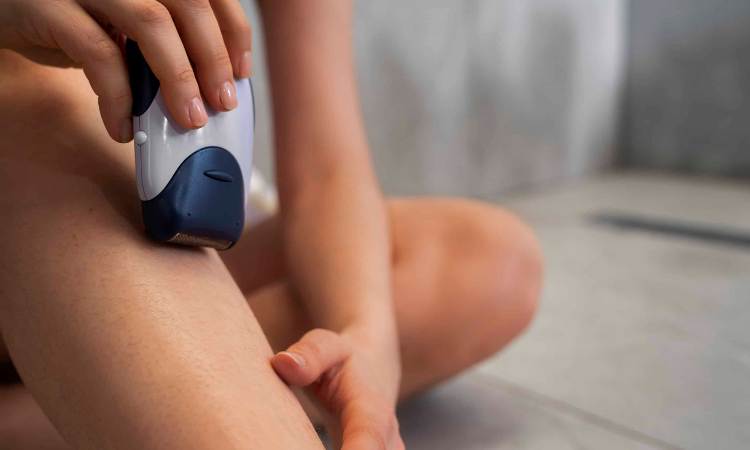
A. Follow Safety Precautions
Laser hair removal devices come with a set of specific instructions, precautions, and warnings. It's essential to read and follow these guidelines to avoid any harmful effects associated with at-home laser hair removal. Some key safety steps include:
- Shaving the hair before treatment.
- Ensuring the skin has a healthy barrier before using the device.
- Following all pre- and post-care instructions for optimal results.
B. Use FDA-Cleared Devices
While at-home laser hair removal is generally safe, it is crucial to use an FDA-cleared device. FDA-approved devices offer added safety features such as:
- UV filters to prevent harmful rays from reaching the skin.
- Skin tone sensors to ensure the device is suitable for your skin type.
C. Use the Device Only on Compatible Skin Tones
To avoid irritation and potential side effects, always choose a device that is compatible with your hair and skin tone. Most reputable IPL brands provide compatibility charts on their websites, helping you determine the right device for your skin type and ensuring safe and effective use.
Conclusion
At-home laser hair removal is a safe, FDA-regulated process for reducing unwanted hair at home. The laser uses non-ionising radiation in the spectrum beyond UV light, which cannot damage DNA strands or cause cancer. Additionally, most IPL devices are equipped with added safety features to protect the skin. By following the proper safety precautions, using FDA-cleared devices, and ensuring compatibility with your skin tone, you can enjoy the benefits of effective hair removal with minimal risk.
References
- Martella, A., & Raichi, M. (2017). A Relationship Between Intense Pulse Light and Laser Wavelength and Depth. ResearchGate. Link
- Sarnoff, D. S. (2020). Ask the Expert: Can Laser Treatment for Sun Damaged Skin Cause Skin Cancer? Skin Cancer Foundation. Link
- Pitassi, L. (2013). Depth of Penetration by Various Lasers. ResearchGate. Link
- Can Laser Hair Removal Cause Cancer? Skin Perfection: The Skin and Laser Specialist. Link
- Understanding the Relationship Between Laser Hair Removal and Moles. Valeo Health Clinic. Link

